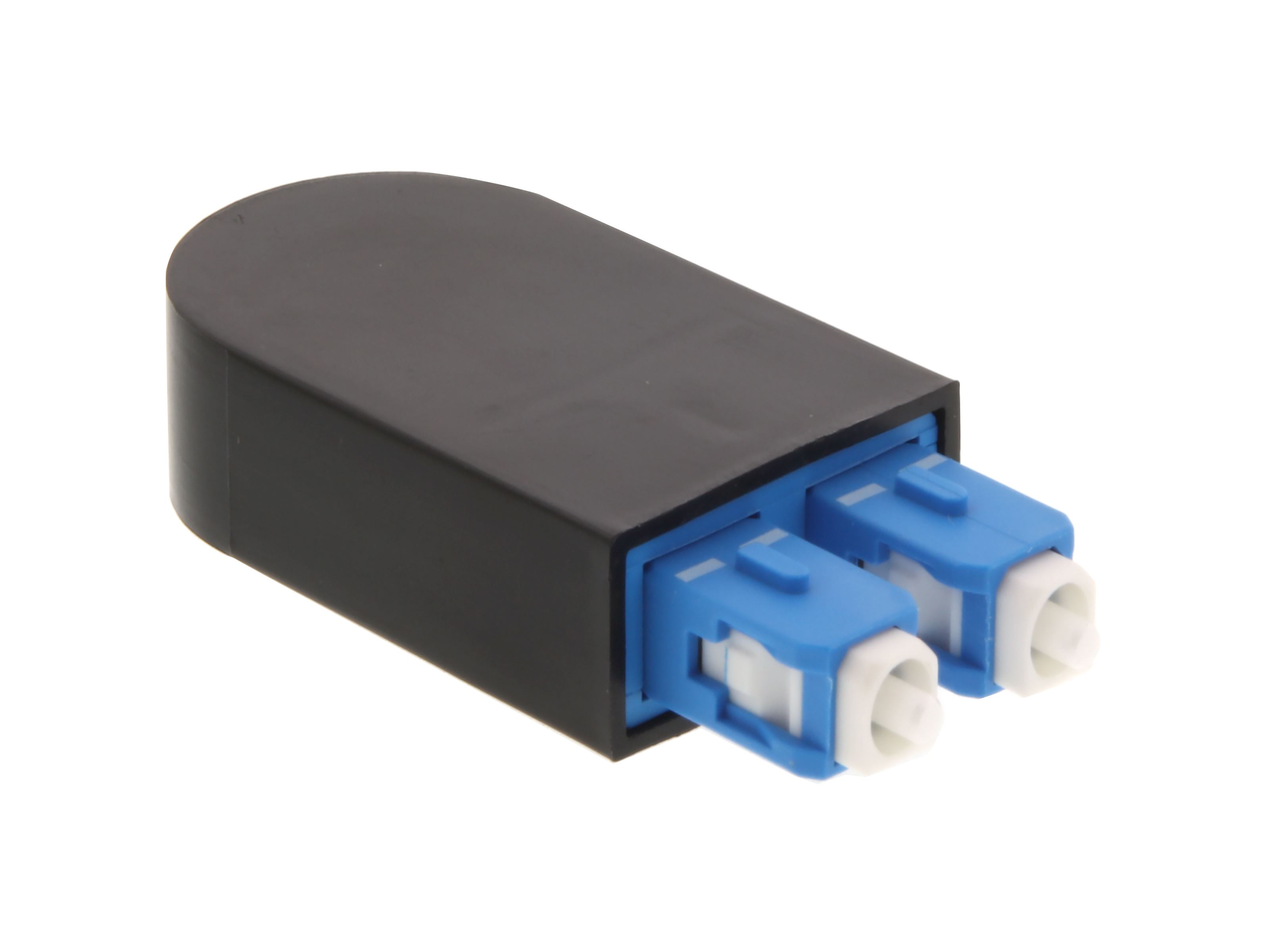

Loopback plug For telecoms E1 links ( i.e.

(Gigabit ethernet gets more involved at the signalling level and switches have OAM modes to provide loopback, not quite as satisfactory as literally testing just the wires in the way a classic physical loopback does.) Most Ethernet PHYs will have a test mode where you can command the PHY to cross connect its tx and rx paths just before they leave the chip. For 10/100Base-T Ethernet on RJ45s you can wire a plug to cross the receive and transmit pairs. Sometimes referred to as hairpining* because a crude way of doing it was to borrow a hairpin from a secretary and physically stuff the ends of it into a comms device's socket's tx and rx pins - not recommended. pinging) as you have no way of knowing if they are operating correctly. The whole point is to enable one to test the physical connection without getting any other systems involved (e.g. You can have near-end loopback, where you make the loop at the outbound interface on a device, and far-end loopback, where you make the loop at the distant end of a circuit or at progressive points on the way to the distant end. This enables you to do a simple bit by bit test that you're receiving what you send, or calculate statistics like bit error rate on the raw physical medium. It means, usually physically, looping the communications medium back on itself so that anything you send out as a transmission comes immediately back to you, unaltered, as a receive signal. And of the responders, only mikeselectricstuff seems to understand what "loopback" means. I suppose some USB PHYs may have some sort of loopback-like test mode but I've never looked for or noticed one. USB being having an intrinsically master/slave relationship between hosts and devices it isn't really possible to do a meaningful loopback test. This is known as spanning tree.Well you could try opening the data sheet for the LAN8742 (presuming that is the PHY chip you're using, you mention it but you don't actually say) search for the word "loopback" and you'll find both the control register bits to enable near and far end loopback modes, and descriptions. Some other switches will turn the loop back cable into a redundant link. Newer switches usually have built in loop back protection, whereby they will disable a port if it suspects a loop back. This issue tends to affect older infrastructure only. Are there a group of lights flashing repeatedly and in time with each other? The odd group flash can be ignored, but a constant group of lights flashing together is worth investigating. It can also be useful to observe the activity lights on the switch as well. If you have managed network switches, the diagnostic section of the web interface may give an insight into a loop back situation and highlight the offending ports. Have any wall ports been activated? Have any new switches or hubs been added to the network? Examine the cabling and look for any cables with both ends plugged into a switch. Review any changes made to the network recently. This results in broadcast data getting looped through the switch(es) and holding back genuine data transfers by eating up a huge amount of bandwidth.
#Ethernet loopback cable Patch#
If a network patch cable has both ends inserted into either the same switch or a neighbouring switch that's part of the same LAN, you can create what's called a loop back.

You may also receive timeout errors when trying to access network resources. This can be signified by excessive logon times, slow access via mapped drives and poor Internet performance. You may experience degraded performance on your local area network. Network performance can be severely impacted by the introduction of a network loop. Loop back causing poor performance on local area network


 0 kommentar(er)
0 kommentar(er)
